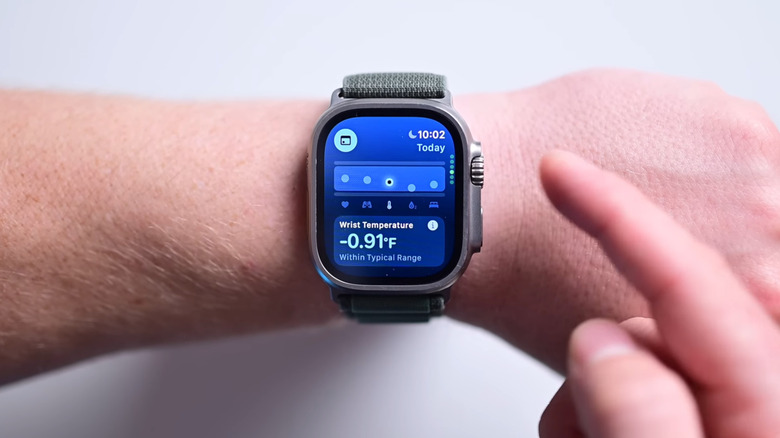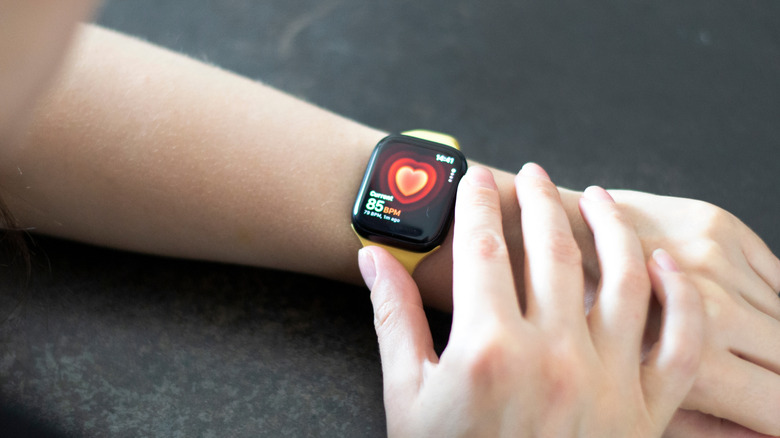What Is The Apple Watch Vitals App And How Does It Work?
Ever since Apple introduced the Vitals app with watchOS 11 back in September 2024, users have enjoyed a clearer picture of their overall health in one simple, easy-to-navigate view. (No doubt a response to the rising popularity of the Oura ring and its alternatives.) Instead of digging through various apps or menus, the Vitals app now brings together multiple key metrics to help you immediately understand whether your body is operating within its normal range... or if something might be off.
Not unlike every Fitbit model, the Vitals app takes a comprehensive look at your overnight health metrics. This includes heart rate, respiratory rate, wrist temperature, and sleep duration, among others. The data is recorded while the user sleeps, then compared to their established baseline (something that's determined after wearing the Apple Watch consistently for at least seven nights).
When two or more metrics fall outside the user's typical range, the app sends a notification highlighting the potential contributing factors: recent medications, elevation changes, alcohol intake, even signs of illness, and so forth. Ideally, this would empower a person to manage the sudden changes in their body.
What does the Vitals app track?
The Vitals app works like this: At any time, users can see a wide-ranging summary of their overnight vitals. For those who want to review longer-term trends, a calendar view shows data from the last seven days. This helps you see whatever gradual changes or significant correlations between lifestyle and health have been taking place over the last week or more. It's a really convenient way to stay on top of your body's most basic rhythms.
Plus, all Vitals data is simultaneously synced to the Health app on your iPhone or iPad. From there, you can tap into even more detailed historical views: daily, weekly, monthly, even six-month spans, depending on how far back you want to look or how long you've been wearing the Apple Watch. You can also examine how many days your metrics were considered high, low, or typical over time. If you've had a glass of wine, traveled to a higher altitude, or are fighting off the early stages of a cold, you might see one or more metrics stray from your normal range.
Should the Vitals app be trusted?
Of course, while the Vitals app gives you tons of health insights, its measurements are not truly intended for medical purposes. Even with the release of the Vitals app, Apple has been trying to distance itself from the medical device industry more and more lately... For instance, Apple Watch blood oxygen measurements aren't even supported on new models.
That said, the app still provides a helpful assortment of measurements for understanding daily fluctuations in health. You can even place your vitals directly on your watch face or Smart Stack to check out your stats throughout the day. By collecting key metrics while you sleep and flagging anything outside your normal range, the Vitals app helps you take a more informed, more proactive approach to your well-being.
It might not be a true diagnostic device, but it's still a powerful daily check-in tool that can help you notice concerning health shifts before they turn into bigger problems. Whether you want to improve your sleep, manage your stress, or simply understand your body better, the Vitals app can be a big help (even though it's not a doctor and shouldn't be trusted like one).


